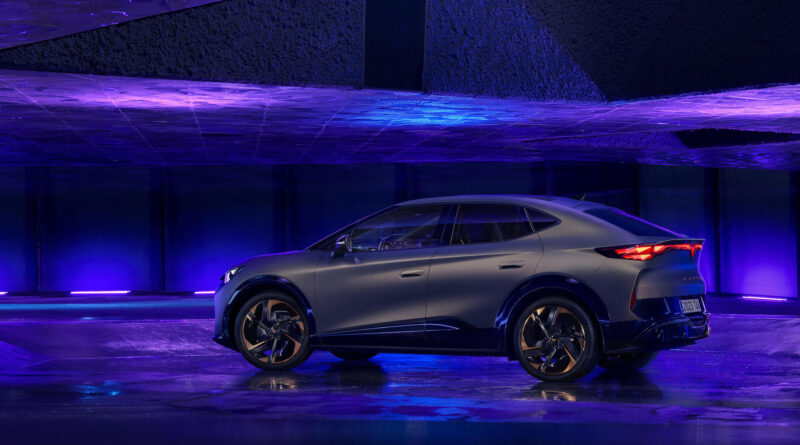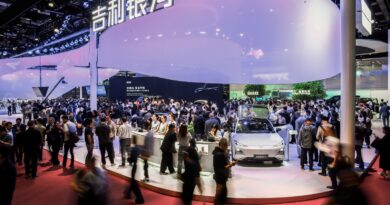Cupra Tavascan EV coming to Australia in 2025
Though it won’t reach Australia for two years, Cupra unveiled the production-ready version of its new Tavascan EV in Berlin overnight.
Unlike the four models the Spain-based and VW Group-owned brand already offers, this one will be manufactured in China. The factory in Anhui will begin production of the Tavascan next year.
The Tavascan is based on VW Group’s versatile MEB platform. Purpose-designed to be EV-only, the MEB component set already provides the foundation for VW’s ID.3, ID.4, ID.5, ID.6 and ID.Buzz, Skoda’s Enyaq and Enyaq Coupe, Audi’s Q4 e-tron and Q5 e-tron, plus Cupra’s own Born (which is a lightly reworked ID.3 and the brand’s first EV). MEB will also serve as the basis for the new Ford Explorer EV, due to go into production later this year thanks to a tech-sharing agreement with VW Group.
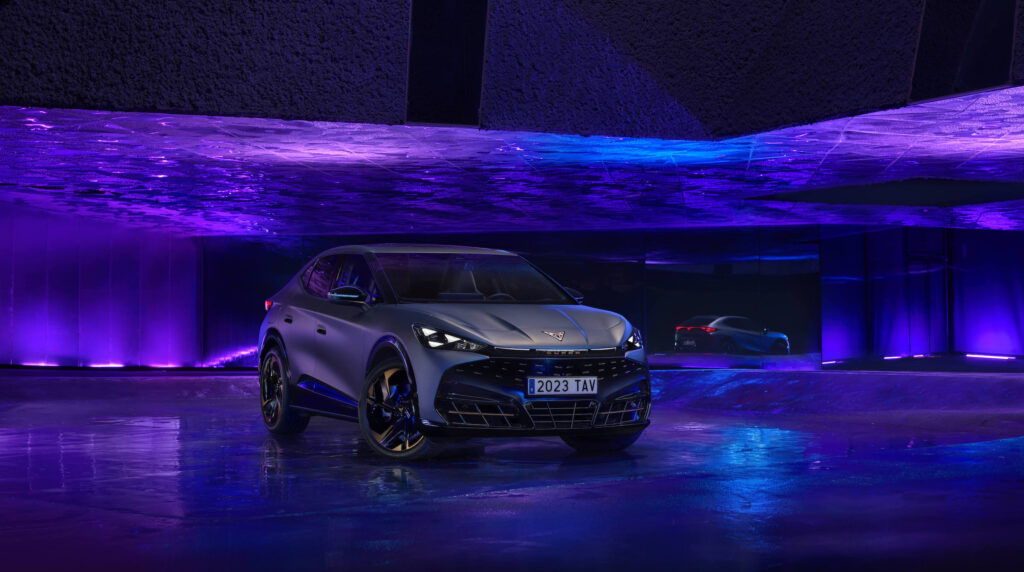
While the Tavascan is built on tech that is, depending on your point of view, either past it or well proven, it’s also been designed to excite. The confident and muscular coupe-style exterior and eye-catching interior were shaped and styled in Barcelona, Cupra’s home town. And the look is very close to the Tavascan concept car Cupra displayed at the Frankfurt motor show back in 2019.
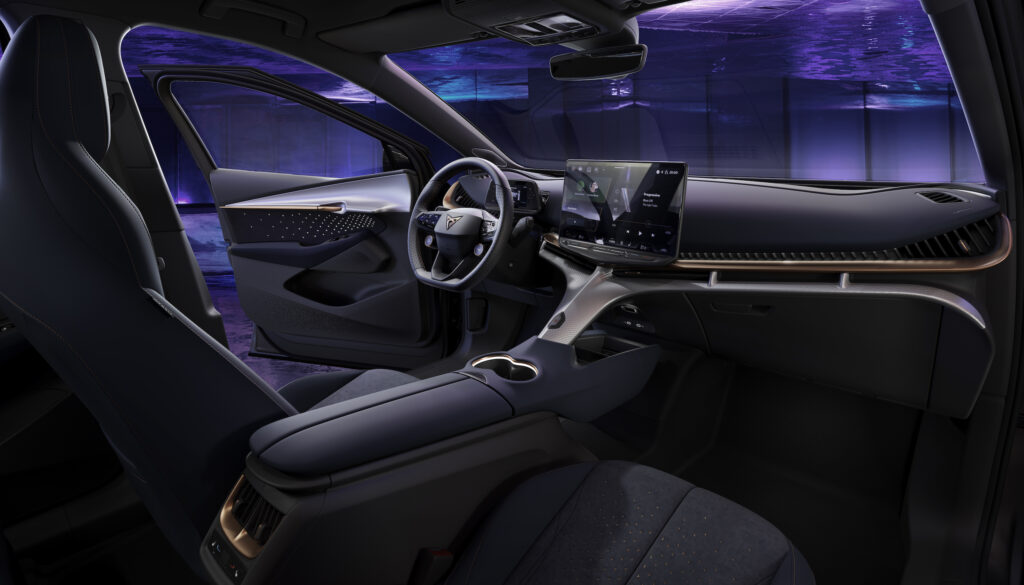
The Tavascan will be produced initially in two versions, both equipped with a lithium-ion battery pack with a usable capacity of 77kWh.
The Endurance has a 210kW synchronous motor driving its rear wheels through a single-speed transmission and a predicted WLTP-rated driving range of 550km.
While the VZ has an identical rear motor, it also has an 80kW asynchronous motor driving its front axle. The combined maximum power output of the two motors is 250kW, most likely because this is the maximum power output the battery pack can deliver.
Cupra claims a decently quick 5.6 second 0-100km/h time for the all-wheel-drive Tavascan VZ, but its driving range is predicted to be around 30km less than the rear-drive Tavascan Endurance.

The 77kWh battery pack in both versions will be able to accept up to 135kW from a suitably powerful DC fast charger. This equates, in favourable conditions, to adding 100km of driving range in about seven minutes. It also means recharging from 10 to 80 percent will take “just under half an hour”, according to Cupra.
In line with Cupra’s aim to position itself in the space between premium and mainstream, it’s logical to assume the Tavascan will be competitively priced. “I think it’s too early to give a really final indication,” said Ben Wilks, Cupra’s brand director in Australia. But the exec said that the brand was relying on its EV models for growth, and overpriced cars tend not to sell well.
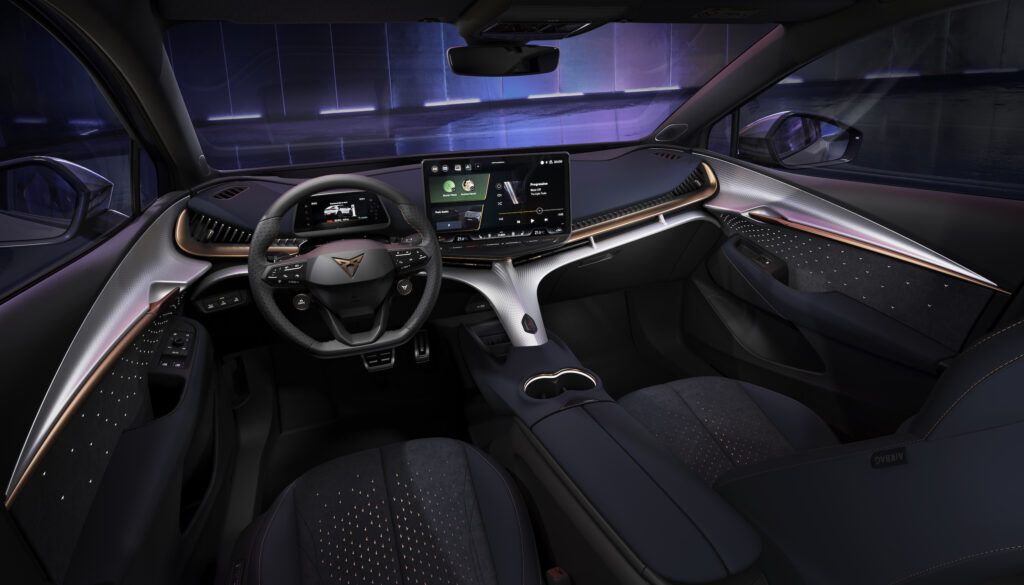
Wilks said Cupra had already delivered around 2000 of the 3000 cars ordered by customers since the brand launched in Australia last year. The medium-term aim is 5000 sales a year, with 10,000 a year the long-term target.
“The key to it will be the release of these electrified vehicles,” Wilks said. “The Born now and the Tavascan in future years.”
The next pure EV due from Cupra is the Urban Rebel hatchback, due to go into production in 2025. Wilks confirmed that Cupra Australia was keen to include this small EV in its line-up.

